What Innovative AI Tools Are Revolutionizing Digital Art
What Innovative AI Tools Are Revolutionizing Digital Art
Digital art is experiencing a significant shift due to the introduction of modern AI tools. These tools, fortified by sophisticated algorithms and machine learning, are altering the way artists craft and transform digital art. From AI-assisted painting creators and real-time style alteration tools to interactive art displays and AI-supportive image editing applications, artists can now utilize a broad set of advanced technologies.
These technologies extend the limits of creativity and open up new possibilities for artistry. This write-up will discuss the influence of these AI tools on digital art and the thrilling potential they offer to artists across the globe.
To put it simply, AI tools are becoming a game-changer for digital art. They provide artists with the ability to experiment, innovate, and create art in ways that were unthinkable before. This not only enriches the artist's creative process but also broadens the scope for artistic expression. With these tools, an artist can bring their most abstract ideas to life, adding a new dimension to their work.
For instance, consider an AI-assisted painting creator. This tool can help artists produce unique pieces of art by giving them access to a variety of styles and techniques. It's like having a virtual assistant who can execute complex tasks and bring the artist's vision to life.
The impact of these AI tools on digital art is profound. They are not just transforming the art but also the artists. As they continue to evolve, we can expect to see more advancements that will further shape the future of digital art. As one artist aptly put it, 'The introduction of AI in art is like adding a new color to the palette. It has broadened our horizon and made us rethink what art can be.'
Key Takeaways
Cutting-Edge AI Tools Transforming Digital Art
The world of digital art is undergoing a substantial change due to the advent of AI-based tools. These tools, powered by advanced AI technology, offer artists a superior set of resources. They streamline the process of creating art and widen the range of artistic expression.
For example, artists can now use AI-driven painting generators to create intricate artworks in a much shorter time than traditional methods. In addition, real-time style transfer tools give artists the ability to apply their preferred styles to their work instantly. This technology has opened up fresh avenues for creativity and experimentation in digital art.
When it comes to interactive art installations, they offer a fascinating addition to the digital artist's toolkit. They draw the audience into the artwork, making the experience more engaging. Image editing software enhanced by AI, meanwhile, simplifies the editing process, making it faster and more accurate.
The impact of these AI tools on digital art is clear. They have reshaped how art is created, offering artists new opportunities to experiment and refine their skill. In the words of Picasso, 'Art washes away from the soul the dust of everyday life.' With AI, the 'dust' is being cleared away more quickly, more easily, and in more creative ways than we've seen before.
AI-Powered Painting Generators
What is the impact of AI-powered tools on digital art creation?
Art creation has taken a significant turn with the introduction of AI-powered painting generators. These cutting-edge tools are reshaping the way artists create, offering new pathways for innovation. By using complex algorithms and machine learning, these tools can sift through massive amounts of data to create visually impressive artworks.
The beauty of these generators is their ability to mimic the styles of renowned artists or even create new artistic styles, offering a playground for artists to experiment and innovate. This is not just about substituting human creativity; rather, it promotes a partnership between artists and AI. This partnership combines intuitive human creativity and the computational abilities of machines to make art creation more dynamic.
This blend of human and artificial intelligence is shaking up the art world, providing new ways for artistic expression and challenging the conventional idea of authorship. These AI-powered painting generators are a significant development in digital art creation, encouraging artists to explore the potential of technology and push their artistic boundaries.
As the renowned artist Picasso once said, 'Every act of creation is first an act of destruction.' These AI tools are indeed breaking down traditional methods and paving the way for a new era of artistic creation.
Real-Time Style Transfer Tools
Real-time style transfer tools have brought about a significant change in how digital artists express their creativity and alter visuals. These advanced tools, powered by artificial intelligence, enable artists to apply varied artistic styles to their work instantly, resulting in one-of-a-kind and engaging pieces.
With only a few interactions, artists can experiment with diverse styles, colors, and textures, opening up a new dimension of artistic expression and expanding the limits of digital art.
These tools act as a digital paintbrush, allowing artists to add a fresh twist to their work. They can create pieces that reflect their vision and challenge the conventional norms of art. To put it plainly, these tools have reshaped the art world, making it more accessible and exciting than ever before.
As an artist once said, 'Art is not what you see, but what you make others see.' Using real-time style transfer tools, artists can make their audience see the world through their eyes, in colors and styles that were previously unimaginable.
With the digital art world continually evolving, these tools are a testament to the endless possibilities that technology brings. They are not just tools but a new medium of expression for artists, opening up a world of creativity previously unimagined.
Enhancing Artistic Creativity
Boosting Artistic Creativity with Real-Time Style Transfer Tools
Artists are now experiencing a boost in their creativity, thanks to real-time style transfer tools powered by artificial intelligence. These tools offer an interactive platform for artists to experiment with various styles and apply them to their work instantly. Such advancements in technology have brought significant changes to the process of art creation and self-expression.
Here's a look at five ways these tools are reshaping artistic creativity:
- Altering the mood and atmosphere of the artwork in a flash.
- Trying out and experimenting with diverse artistic styles.
- Merging multiple styles to birth hybrid artistic expressions.
- Serving as a hub for artist collaboration and inspiration.
- Breaking conventional artistic barriers and sparking exploration.
These tools are opening new possibilities for artists to stretch their creativity and produce works that stand out and engage viewers.
As we proceed to the next section about instant visual transformations, we will discuss how these tools continue to reshape the world of digital art.
As a famous artist once said, 'Art is not about what you see, but what you make others see.' With these real-time style transfer tools, artists have the power to make viewers see a whole new world through their creations.
Instant Visual Transformations
Rapid Artistic Alterations
Digital artists are currently utilizing real-time style transfer tools powered by advanced technology to spur a wave of changes in the digital art scene. These tools provide artists with the ability to instantaneously apply diverse artistic styles to their work, creating a platform for a multitude of creative explorations. Utilizing advanced algorithms, these tools can assess the content and style of an image or video and create a new output that perfectly blends the two.
For artists, this means they can experiment with a wide range of artistic styles, from Impressionism to Cubism or even mimicking the unique aesthetics of renowned artists such as Van Gogh or Picasso - all achievable with a simple click.
These real-time style transfer tools are doing more than just boosting creativity; they're providing artists with fresh opportunities to articulate their vision and produce breathtaking and original digital artwork.
As the famous artist, Pablo Picasso once said, 'Art washes away from the soul the dust of everyday life.' These tools are offering artists a new way to dust off the everyday and truly transport their viewers into their artistic world.
Interactive AI Art Installations
Interactive AI art installations are on the rise, transforming the way we engage with art and technology. These creative setups incorporate artificial intelligence and interactivity, resulting in dynamic and one-of-a-kind art pieces. Artists utilize AI's potential to break the mold of conventional art, evolving it into an engaging, shared experience.
These installations are more than just visually appealing - they're a testament to the potential of AI in the art world. With AI, artists are not just creators, but innovators, leveraging technology to redefine what art can be. The end result is an immersive experience that brings audiences into the art, making them active participants rather than passive observers.
A great example of this is the interactive AI light installation at the 'Light to Night Festival' in Singapore. The installation uses motion sensors and AI algorithms to translate movements of visitors into stunning light patterns, creating a unique experience every time.
In essence, interactive AI art installations challenge our perception of art, pushing the boundaries of what's possible with technology and creativity. As one artist put it, 'Art is no longer just about the final product, but the journey of creation and interaction. AI allows us to redefine that journey.'
Engaging AI Art Experiences
The Power of AI in Art
Art installations that utilize AI are creating a paradigm shift in how spectators interact with and perceive digital art. Through the creative fusion of technology and art, these installations engage audiences by offering a dynamic and immersive art experience.
Below are five ways AI-powered art installations are changing the art engagement game:
Responsive in Real-time: AI algorithms interpret the actions and emotions of viewers, creating art that alters and grows on-the-spot.
Joint Creation: Spectators become part of the creative process as their interactions with the AI systems influence the end product, thus dissolving the distinction between artist and viewer.
Engaging Multiple Senses: AI installations tap into several senses, integrating components such as sound, touch, and even scent, to provide a full-bodied experience.
Customized Narratives: AI algorithms can create unique stories based on each viewer's interactions, enabling personalized storytelling within the art installation.
Fostering Social Interaction: AI art installations encourage social connection and interaction as viewers engage with the artwork and share their experiences with others.
These compelling AI art experiences challenge and redefine conventional concepts of art, urging viewers to take an active role in the formation and interpretation of digital art pieces.
As Benjamin Franklin once said, 'Tell me and I forget, teach me and I may remember, involve me and I learn.' AI art installations embody this quote by involving viewers in the artistic process, making art an immersive, personal, and evolving experience.
Immersive Interactive Installations
Immersive Interactive Installations – A New Era of Art and Audience Engagement
The integration of Artificial Intelligence (AI) into art has opened doors to innovative ways of engaging audiences. Immersive interactive installations, an emerging trend, are reshaping how we perceive and interact with digital art. These installations utilize AI algorithms in tandem with interactive elements, offering a multidimensional experience that's anything but ordinary.
Artists employing AI in their work are pushing the boundaries of creativity. They're inviting audiences to become a part of the creation process, thus moving beyond the traditional roles of observance and appreciation.
These installations use AI to interact with the audience in real time. They respond to movements, gestures, and even emotional cues from the audience. Thanks to advancements in computer vision and machine learning, these installations can interpret viewers' actions and respond with dynamic visual and auditory displays. This interactivity dissolves the boundary between viewer and participant, transforming the art consumption experience into a collaborative and immersive journey.
But the impact of these installations goes beyond sensory engagement. They also provoke thought about our preconceived notions of art and technology. The fusion of AI with physical and digital spaces results in environments that encourage dialogue, contemplation, and discovery. In this fusion, AI serves as a catalyst, helping artists weave new narratives and reshape the relationship between art, technology, and the audience.
As the renowned art critic, John Berger, once said, 'The relation between what we see and what we know is never settled.' Immersive interactive installations are proof of this, facilitating a dynamic exchange between the audience and the artwork that is both engaging and thought-provoking.
AI Blurring Art Boundaries
AI Merging with Art: A New Frontier
The fusion of AI with artistic displays is creating an intriguing blend of conventional art forms and interactive experiences. These tech-infused exhibits are expanding the realm of imagination, piquing public interest with innovative and engaging methods.
Here are five ways that AI is reshaping the landscape of interactive art:
Reading Emotions: AI has the ability to scrutinize facial expressions and body movements to perceive feelings. This facilitates the creation of immersive experiences that react to the spectators' emotions.
Understanding Gestures: AI can monitor and decipher hand motions, allowing spectators to engage with the art exhibit through their actions and movements.
Interpreting Voice: AI has the ability to comprehend and react to verbal instructions, giving spectators the power to manipulate and influence the art exhibit with their voice.
Recognizing Objects: AI can identify and examine objects in real-time, converting everyday items into interactive components of the art exhibit.
Creating Unique Visuals: AI can produce unique and constantly changing visuals, guaranteeing that each spectator's experience is individual and customized.
As AI continues to merge the lines between art and technology, it sets the stage for the upcoming section on 3D modeling and sculpting powered by AI. This trend is a testament to the words of famous artist Pablo Picasso: 'Computers are useless. They can only give you answers. But art? Art asks the questions!'
3D Modeling and Sculpting With AI
The world of digital art has seen a significant shift with artists increasingly turning to tools powered by artificial intelligence for 3D modeling and sculpting. By using AI-integrated tools, artists get to streamline their creative process, giving them an edge in time and precision. These tools use AI algorithms to process a variety of inputs like sketches and references, subsequently creating 3D models or sculpted forms. This not only saves time for artists but also provides them with a fresh canvas for experimentation and creative expression.
The use of AI isn't just about making things faster or easier. It's about opening up new avenues for artists to create intricate shapes, textures, and structures that may have been challenging to create manually. The blend of human ingenuity and AI-operated technology is setting new standards in digital art, giving birth to novel forms of artistic expression.
As we continue to understand AI's role in digital art, let's consider how AI-augmented image editing software is altering how artists manage and refine their digital artworks.
AI-Enhanced Image Editing Software
Image editing tools, merged with the power of artificial intelligence, have undergone a transformative change, offering artists innovative ways to polish their digital creations with remarkable precision and ease. The impact of AI on image editing tools has significantly shifted how artists work with their images, providing them powerful instruments that were once thought to be out of reach.
Let's discuss five impactful changes that AI has brought into the image editing software:
Intelligent algorithms for automatic image improvement that examine and fine-tune images to highlight their best features.
Sophisticated tools for removing unnecessary elements from images seamlessly with just a few interactions.
Smart capabilities for background removal that precisely separate subjects from their surroundings, facilitating easy background substitution.
Techniques driven by AI for image enlargement that can improve the resolution and detail of low-resolution images with impressive precision.
Real-time style conversion algorithms that can apply the artistic style of one image to another, allowing artists to create distinctive and visually impressive compositions.
These AI-integrated image editing tools have not just simplified the editing process, but also sparked new creative potential for artists, offering them fresh methods to convey their artistic vision.
As the famous artist, Pablo Picasso, once said, 'Computers are useless. They can only give you answers.' But with the integration of AI in image editing software, we see that they can also give artists a new language for creativity.
AI-Driven Animation and Visual Effects Tools
Animation and Visual Effects Tools Powered by AI
Animation and visual effects tools, driven by artificial intelligence, have brought about significant changes in the digital art industry. These cutting-edge tools utilize the power of AI to automate and improve the process of creating animations and visual effects, making the work of artists and animators less demanding.
These tools utilize machine learning algorithms to read and comprehend the content of images or footage, which allows them to create lifelike and intricate animations and effects.
For instance, AI-powered animation tools can mimic natural movements, like the ripple of water or the sway of hair, with striking precision and detail. They can also create visual effects such as blasts or particle systems effortlessly. These tools not only simplify the animation process but also expand the limits of creative expression, offering artists the chance to experiment with new ideas and achieve impressive visual outcomes.
As an animator, it's about being able to bring your artistic vision to life without the tedious manual work. It's about 'letting the machine do the heavy lifting, so you can focus on your creativity,' as a renowned digital artist once said. These tools are not just about making the process easier, they're about pushing the envelope of what's possible in digital art.
In an era where digital art is becoming increasingly prevalent, these AI-powered tools are a game-changer. They're not just tools, they're the future of animation and visual effects. They're shaping how we create, and what we can create, in ways we could only dream of a few years ago.
Frequently Asked Questions
How Do Ai-Powered Painting Generators Work?
Painting generators powered by artificial intelligence use intricate algorithms to decipher and interpret visual information. As a result, they can simulate the artistic style and methods employed by human painters. The marriage of machine learning and principles of art brings a fresh perspective to the production of digital art.
What Are the Main Benefits of Using Real-Time Style Transfer Tools?
Utilizing real-time style transfer tools can offer substantial perks to digital artists. Such tools provide artists with the means to instantaneously implement diverse artistic styles into their creations. This not only broadens the spectrum of creativity and exploration but also significantly reduces the time and energy invested in the creative process.
These tools are particularly beneficial in the current scenario where digital art is rapidly gaining popularity. They enable artists to stay up-to-date with the latest artistic trends and styles, and to produce unique and innovative artwork in a time-efficient manner.
A renowned digital artist once said, "Real-time style transfer tools are like my secret weapon. They help me take my artwork to new heights of creativity and efficiency." This quote perfectly encapsulates the significance of these tools in the realm of digital art.
Can Interactive AI Art Installations Create Art Independently?
Artistic Creations by AI: A New Genre or a Passing Trend?
Interactive AI art installations are indeed capable of producing art without human intervention, thanks to advanced AI tools. These installations, which blend real-time style transformation and interactive components, are able to create distinctive and dynamic pieces of art. This gives a fresh perspective to what we perceive as digital art.
While the question of whether AI can truly create art independently is still a topic of hot debate, there's no denying that these installations are transforming the way we interact with and perceive art. For instance, consider the installation called "AI: More Than Human" at London's Barbican Centre. This was an exhibition that not only showcased AI-generated art but also allowed visitors to interact with AI to co-create unique pieces. This is just one example of how AI is reshaping the art world, making it more inclusive and engaging.
The potential of AI in the art world is immense. However, it's also important to remember that the art created by these installations is only as good as the algorithms and data sets they're built upon. As the famous artist, Picasso once said, "Computers are useless. They can only give you answers." It's up to us, the humans, to ask the right questions and guide AI in creating meaningful and impactful art.
The future of AI in art is exciting, and we can't wait to see where it takes us next.
How Does AI Contribute to 3D Modeling and Sculpting?
AI plays a substantial role in modernizing the techniques used in 3D modeling and sculpting. By utilizing complex algorithms and machine learning, AI tools assist artists in creating detailed and lifelike digital models. This not only saves valuable time but also broadens the scope of what can be achieved in the sphere of digital art.
The advent of AI in the field of digital art allows artists to push the boundaries and create masterpieces that were once thought to be impossible. For instance, creating realistic human features in a digital model can be quite challenging. However, with the help of AI, artists can now create these intricate details with relative ease.
As a result, artists have more time to focus on enhancing the overall aesthetic of their creations rather than spending hours perfecting a single detail. One such AI tool that has proven to be beneficial in this field is Artbreeder. This tool uses AI to create complex and realistic 3D models, making it a favorite among digital artists.
In the words of a renowned digital artist, "AI doesn't replace the artist, it's a tool in the artist's hands to push the boundaries of creativity". Hence, AI's contribution to 3D modeling and sculpting is undeniably significant, paving the way for a more advanced and efficient creative process in digital art.
What Are Some Unique Features of Ai-Driven Animation and Visual Effects Tools?
AI-powered tools for animation and visual effects are transforming the landscape of digital art. These tools bring a whole new dimension to the creative process, using advanced algorithms to automate tasks, boost innovation, and simplify the production process. Artists can now create more visually appealing and lifelike animations with increased efficiency and accuracy.
These AI tools are making a significant impact in the digital art world. They use sophisticated algorithms to automate repetitive tasks, freeing up artists to focus on their creative vision. This automation doesn't just save time; it also increases accuracy and consistency in the final product.
On top of this, these tools are designed to stimulate creative thinking. They provide artists with an array of innovative features that can help bring their visions to life in ways that were previously unimaginable. The result is artwork and animations that are more visually engaging and realistic.
Finally, the use of AI in these tools simplifies the production process. By automating certain tasks, these tools allow artists to produce high-quality animations and visual effects in less time. This not only increases productivity but also allows artists to focus on the more creative aspects of their work.
In a nutshell, these AI-driven tools are not just automating tasks; they're reshaping the entire creative process. They're helping artists push the boundaries of what's possible in digital art and animation. As one artist put it, "These AI tools are not just a means to an end. They're a new medium for expressing our creativity."
These advancements in AI-powered animation and visual effects tools are a testament to the amazing potential of technology to transform the creative process. With these tools, we're witnessing a new era in digital art, where the only limit is the artist's imagination.
Conclusion
Digital art is currently experiencing a significant transformation due to the introduction of AI tools. These tools, driven by the latest AI technology, provide artists with an upgraded toolbox, making the artistic process more efficient and expanding the scope of creative expression.
For instance, AI-powered painting generators allow artists to create complex pieces of art within a fraction of the time it would traditionally take. Similarly, real-time style transfer tools have made it possible for artists to instantly apply their favorite styles to any piece of work. This has opened up new paths for innovation and experimentation in the field of digital art.
Interactive art installations are another delightful addition to the digital artist's arsenal, bringing the audience closer to the artwork and creating a more immersive experience. The AI-enhanced image editing software, on the other hand, takes the heavy lifting out of editing, making the process faster and more precise.
The influence of these AI tools on digital art is undeniable. They have fundamentally altered the way art is produced, providing artists with new possibilities to test and hone their craft. As Picasso once said, 'Art washes away from the soul the dust of everyday life.' With the help of AI, the dust is being washed away faster, easier, and in more creative ways than ever before.


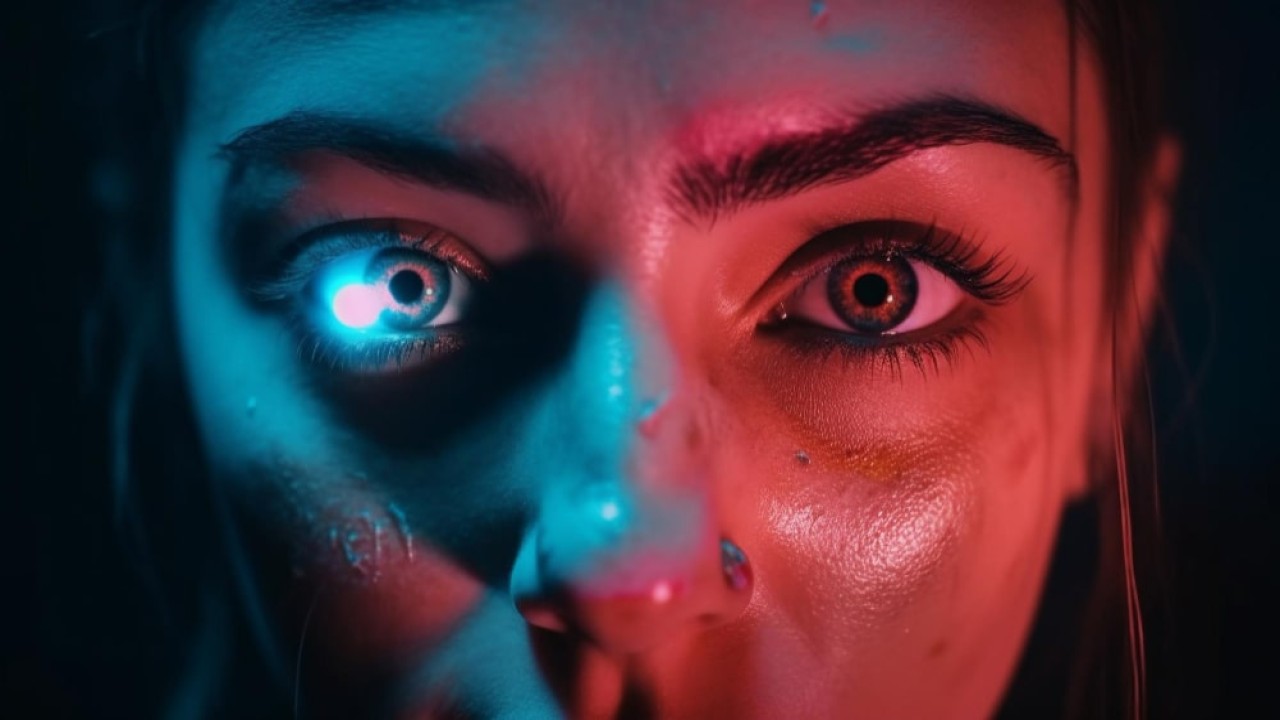
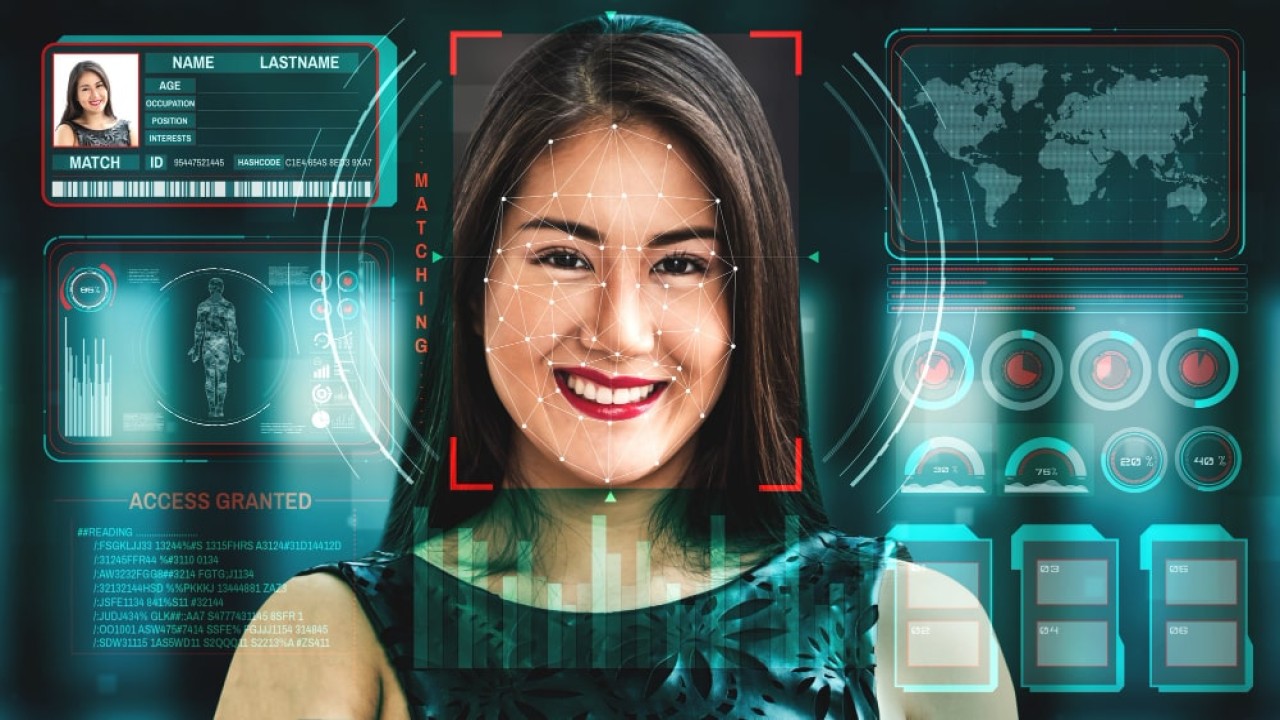
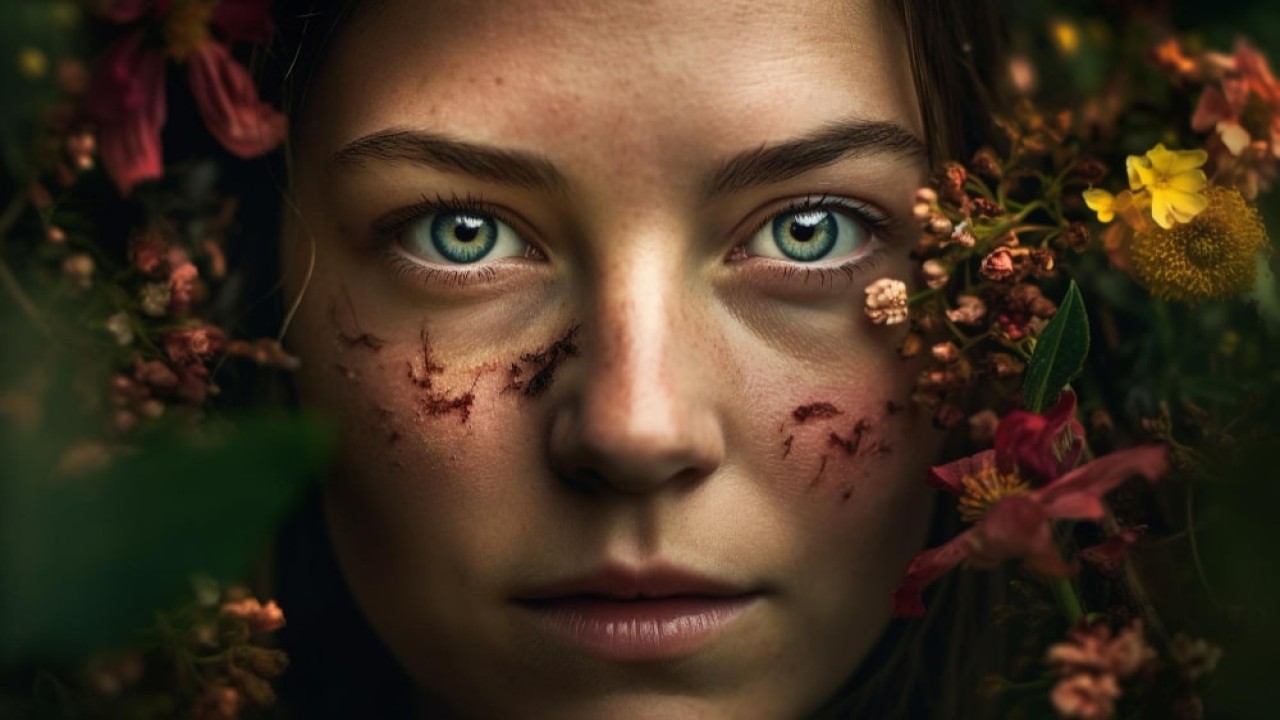
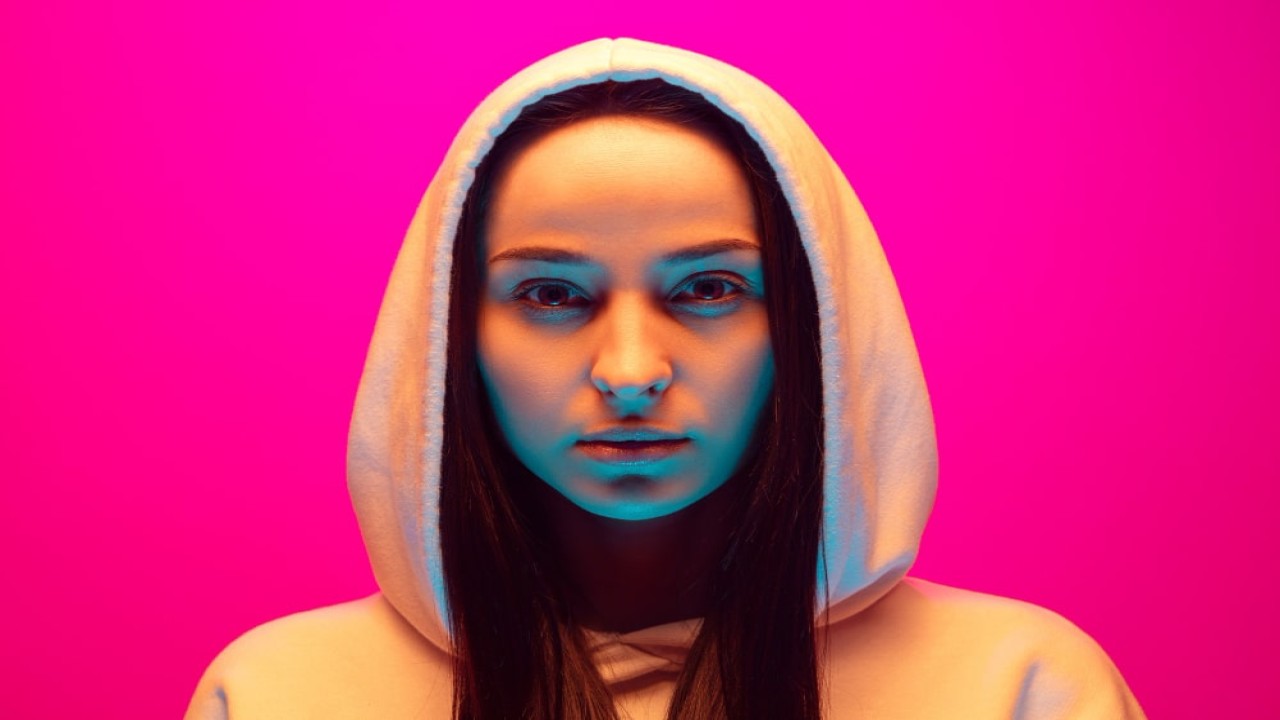
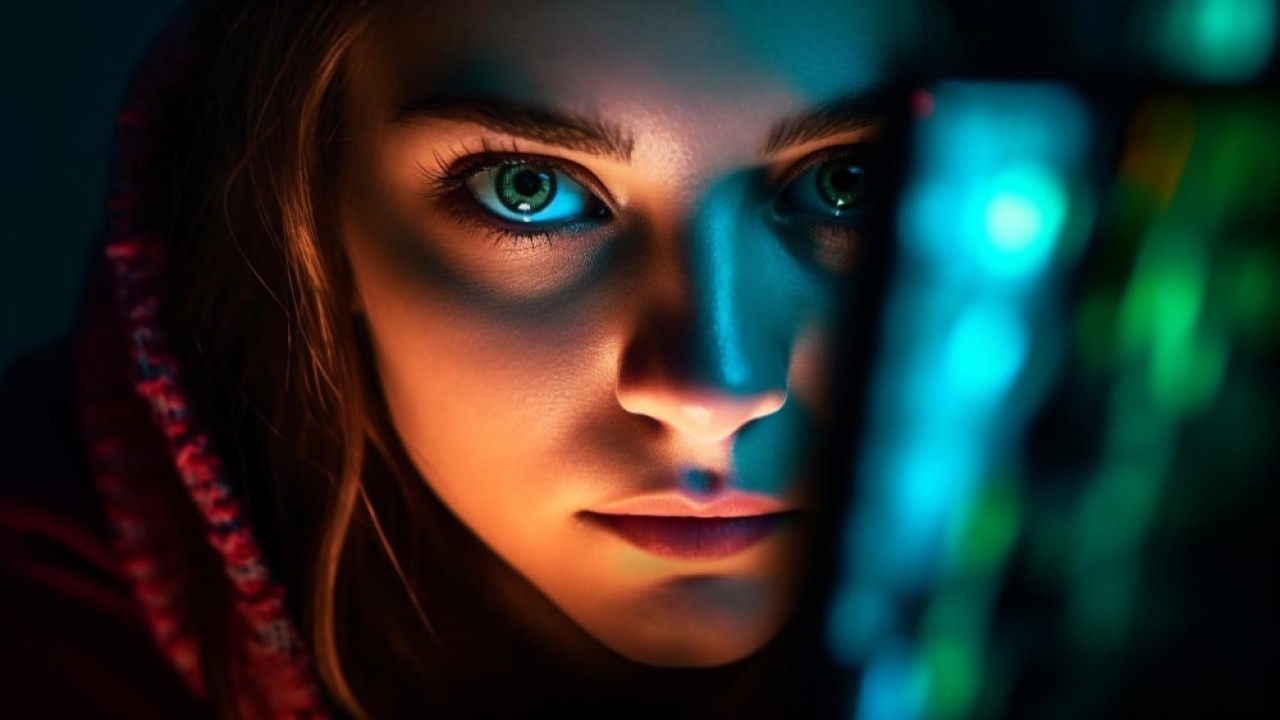
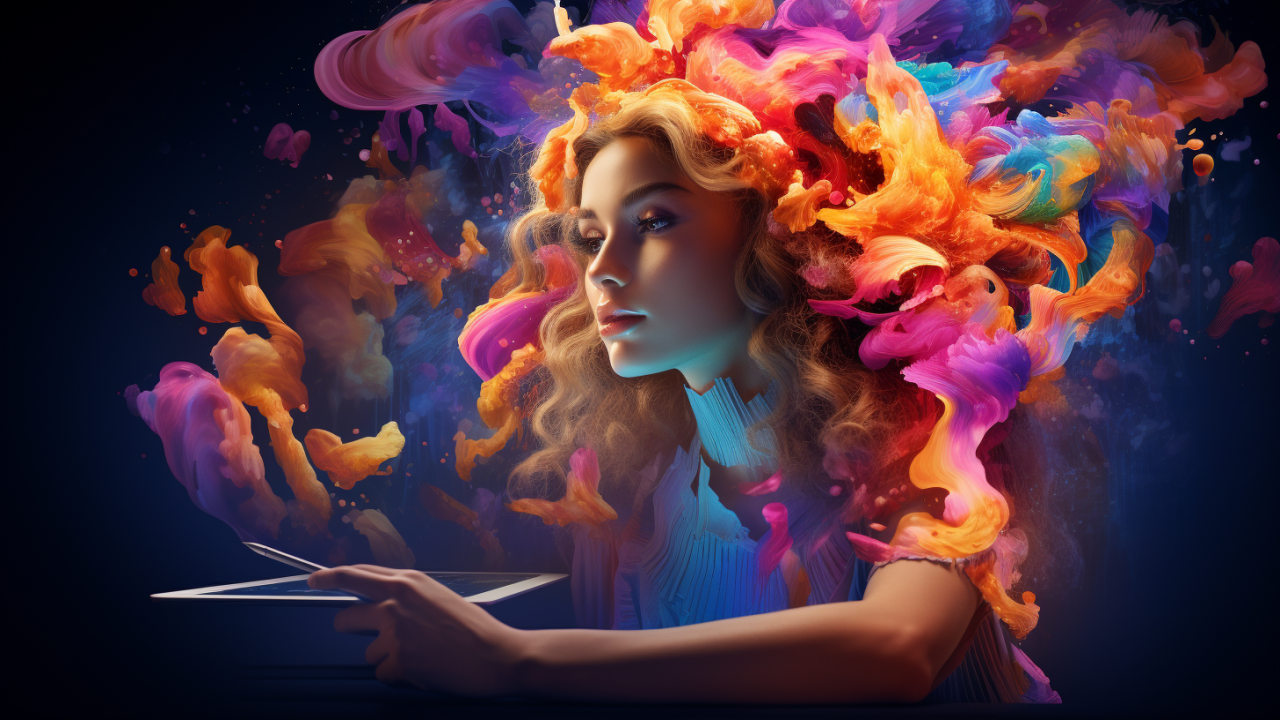
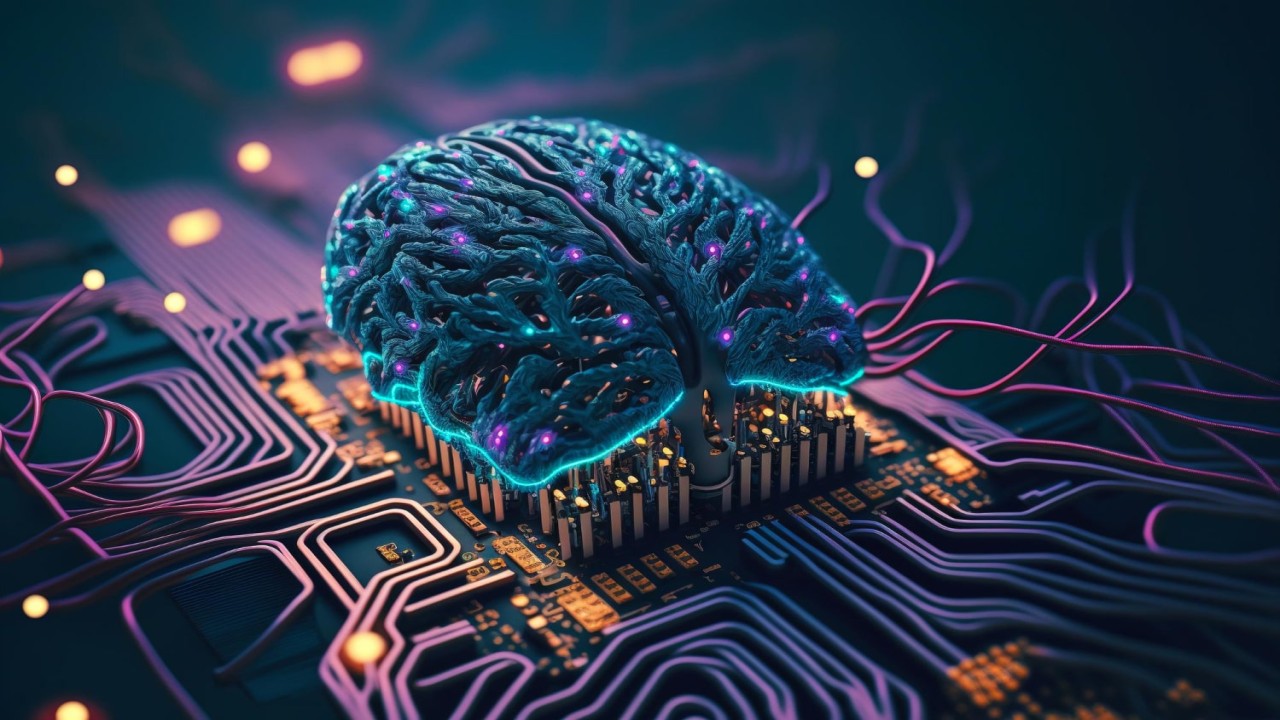
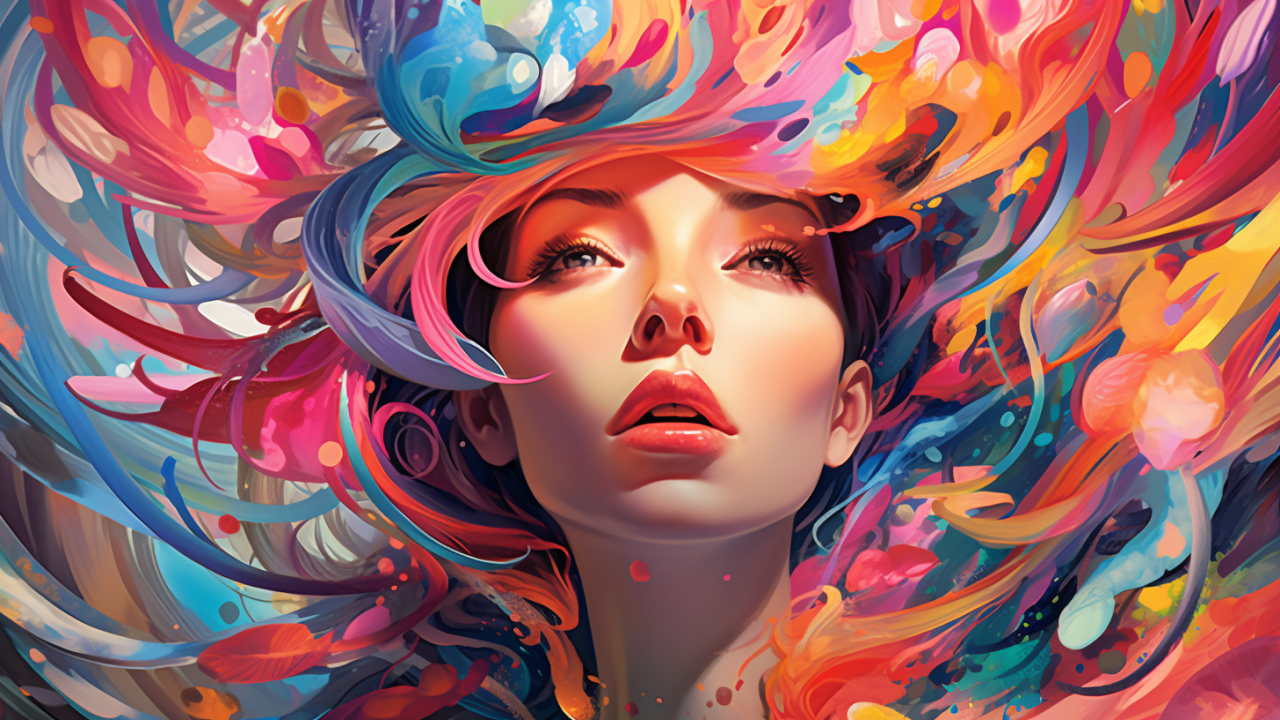
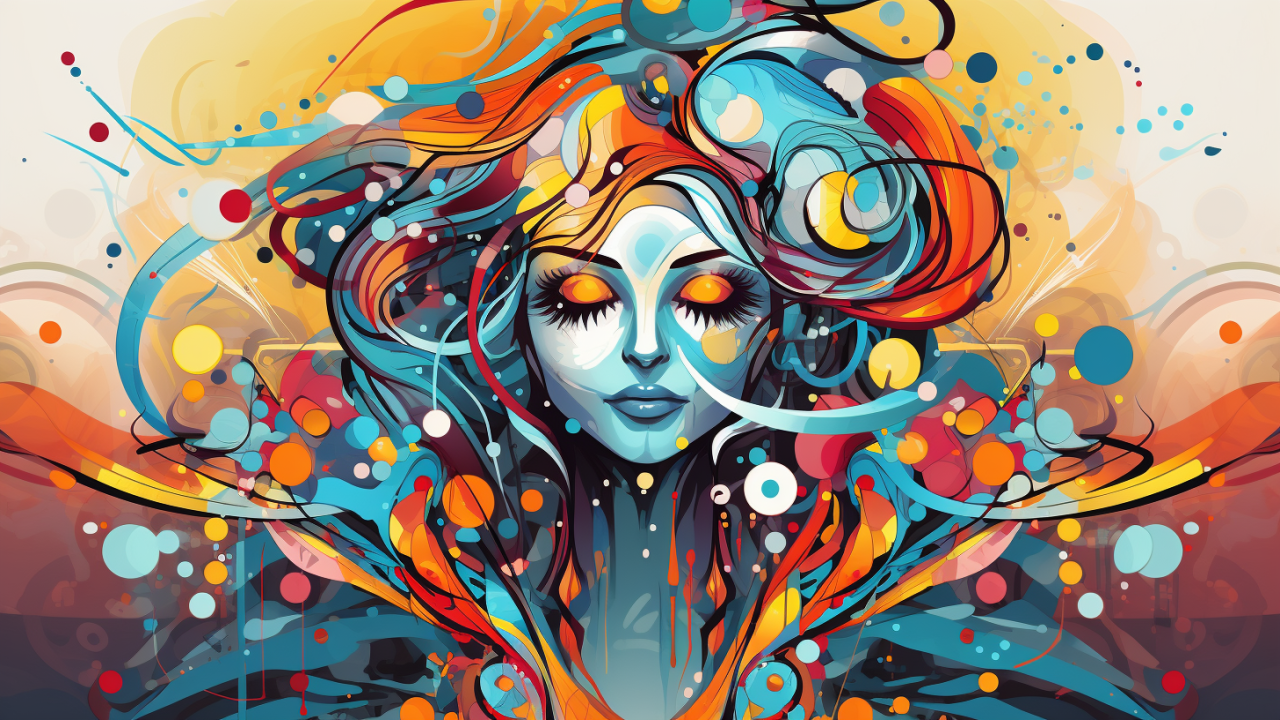
Comments (0)
No comments found